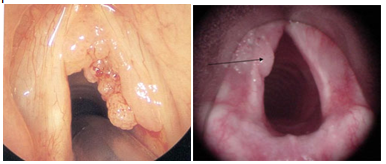Clinical depression in speech
Depression is a state of low mood and aversion to activity that can affect a person's thoughts, behavior, feelings and sense of well-being. Depressed people can feel sad, anxious, empty, hopeless, helpless, worthless, guilty, irritable or restless. They may lose interest in activities that were once pleasurable, experience loss of appetite or overeating, have problems concentrating, remembering details or making decisions, and may contemplate, attempt or commit suicide. Insomnia, excessive sleeping, fatigue, aches, pains, digestive problems or reduced energy may also be present. Depression is a feature of some psychiatric syndromes such as major depressive disorder but it may also be a normal reaction to life events such as bereavement, a symptom of some bodily ailments or a side effect of some drugs and medical treatments. A number of psychiatric syndromes feature depressed mood as a main symptom. The mood disorders are a group of disorders considered to be primary disturbances of mood. These include major depressive disorder (MDD; commonly called major depression or clinical depression) where a person has at least two weeks of depressed mood or a loss of interest or pleasure in nearly all activities; and dysthymia, a state of chronic depressed mood, the symptoms of which do not meet the severity of a major depressive episode. Another mood disorder, bipolar disorder, features one or more episodes of abnormally elevated mood, cognition and energy levels, but may also involve one or more episodes of depression. When the course of depressive episodes follows a seasonal pattern, the disorder (major depressive disorder, bipolar disorder, etc.) may be described as a seasonal affective disorder. The main goal of our research is to recognize how depression modifies human speech. Physicians often use the indicators “faded”, “slow”, ”monotonous”, “lifeless”, and “metallic” as properties of depressed speech. Our goal is to identify the acoustic-phonetic parameters, separately in segmental and supra-segmental level, that can characterize the speech of depressed people.



